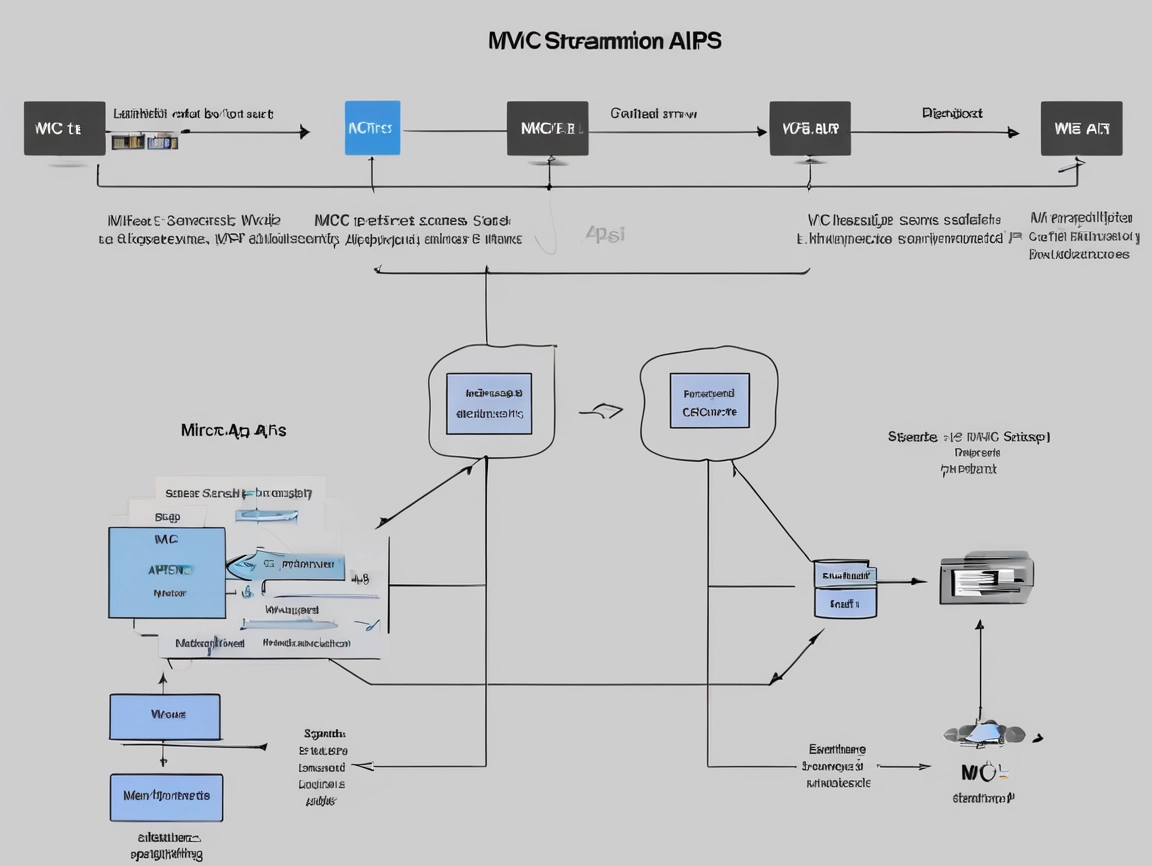Understanding Minimal APIs: Key Features and Benefits
Minimal APIs, introduced in .NET 6, represent a streamlined approach to building web applications with minimal overhead. One of the standout features is their simplicity; developers can define HTTP endpoints with fewer lines of code compared to traditional frameworks. This is achieved through a functional coding style that allows developers to specify routes, handle requests, and send responses directly within the application startup routine. The result is a lightweight application structure that can be especially appealing for microservices or single-page applications (SPAs).
Another significant benefit of Minimal APIs is their performance. By reducing the amount of boilerplate code and leveraging lightweight middleware components, these APIs can offer quicker response times and lower resource consumption. This is particularly advantageous in environments where performance and scalability are crucial, such as cloud-based applications. Moreover, the built-in dependency injection and configuration management simplify the development process, allowing developers to focus more on business logic rather than infrastructure concerns.
Lastly, Minimal APIs support modern development practices, such as OpenAPI integration for automated documentation and Swagger UI for interactive API exploration. These features help create a more user-friendly interface for API consumers and enhance the overall developer experience. As the demand for fast, efficient web services continues to grow, Minimal APIs position themselves as an attractive option for developers looking to create rapid, performant applications. For more on Minimal APIs, check out the official Microsoft documentation.
Exploring MVC in .NET: Architecture and Use Cases
Model-View-Controller (MVC) has been a cornerstone of web application development in .NET for years. It follows a design pattern that separates an application into three interconnected components: the Model, which represents the data and business logic; the View, which is responsible for the user interface; and the Controller, which handles user input and interactions. This separation fosters organized code and makes applications easier to manage, particularly as they grow in size and complexity.
One major advantage of using MVC is its support for robust testing and maintainability. By isolating business logic in the Model, developers can write unit tests for each component independently. This modular approach not only simplifies testing but also enhances collaboration among teams, as different developers can work on different parts of the application without stepping on each other’s toes. Additionally, the MVC framework allows for easy integration with various data sources, making it well-suited for applications that require complex user interfaces or extensive user interactions.
MVC is particularly beneficial for enterprise-level applications, where scalability, security, and maintainability are paramount. The architecture allows for clear routing, complex form handling, and extensive validation capabilities, making it ideal for applications with intricate user interactions. Moreover, its compatibility with front-end frameworks, such as Angular or React, enables developers to create modern and responsive user experiences. For a deeper dive into MVC in .NET, refer to the official Microsoft documentation.
In conclusion, both Minimal APIs and MVC in .NET offer unique strengths that cater to different development scenarios. Minimal APIs shine in their simplicity and performance, making them perfect for lightweight applications and microservices. On the other hand, the MVC framework provides a robust architecture suited for complex, enterprise-level applications where maintainability and testing are critical. Ultimately, the choice between Minimal APIs and MVC should be guided by the specific needs and goals of the project at hand. By understanding the features and use cases of each approach, developers can make informed decisions that lead to successful web applications.




